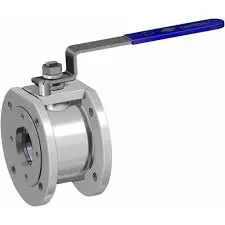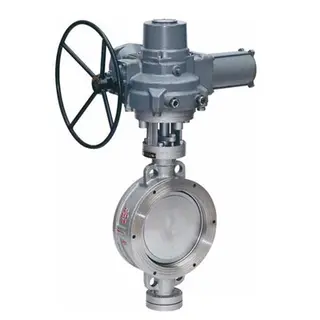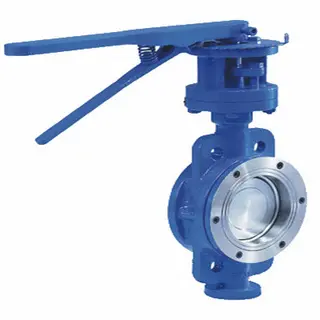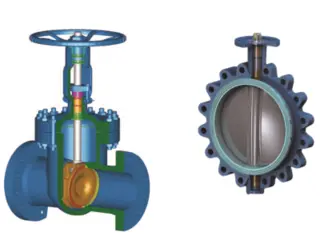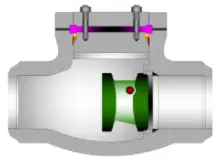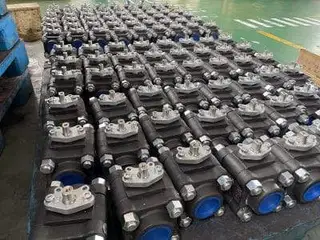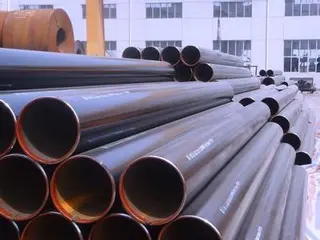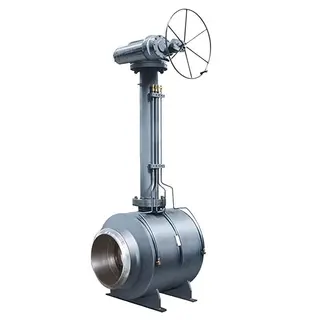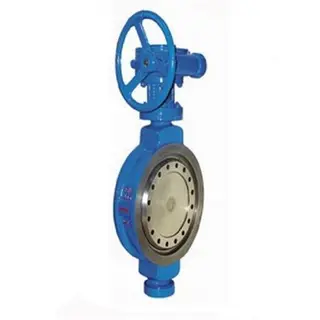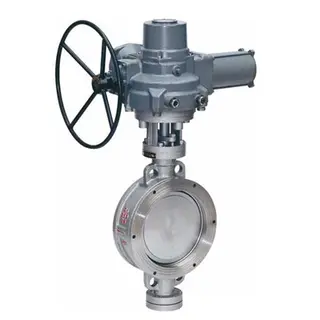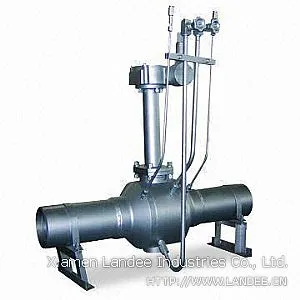Reasons and Solutions for Valve Hard to Fully Close
In the process of using the valve, there are often some perplexing problems. For instance, the valve can't be tightly closed. So how should do?
If the valve is not tightly closed, first find out where the problem occurs and then solve it according to the corresponding methods. The general reasons and appropriate solutions for valve hard to close entirely are as follows.
Reason one:
There are impurities stuck on the sealing surface, and the impurities are deposited at the bottom of the valve or between the disc and the seat.
Solution:
In that case, the valve should be slightly opened and then tried to close instead of being forcibly closed. You can repeat that steps several times. If the problem still exists, the valve should be checked.
Reason two:
The stem thread rusts and the valve cannot rotate.
Solution:
For valves usually in the open position, the valve stem threads has rusted so that if the valve is closed accidentally, it fails to be tightly closed. In this case, the valve can be repeatedly opened and closed several times, and the bottom of the valve body can be knocked with a small hammer at the same time, and then the valve can be tightly closed without grinding and repairing the valve.
Reason Three:
The sealing surface of the valve is damaged, resulting in medium leakage.
Solution:
For the case that you still can't close the valve tightly after trying to open and close it for many times, the sealing surface is damaged and should be repaired. If the sealing surface is corroded or seriously wears due to the particle in the medium, repair should also be made.
Reason Four:
The stem is not well connected with the clack, which makes the clack cannot be in tight contact with the valve seat.
Solution:
The stem and the stem nut should be lubricated frequently to ensure the flexible opening and closing of the valve. There must be a formal maintenance plan.
If the valve is not tightly closed, first find out where the problem occurs and then solve it according to the corresponding methods. The general reasons and appropriate solutions for valve hard to close entirely are as follows.
Reason one:
There are impurities stuck on the sealing surface, and the impurities are deposited at the bottom of the valve or between the disc and the seat.
Solution:
In that case, the valve should be slightly opened and then tried to close instead of being forcibly closed. You can repeat that steps several times. If the problem still exists, the valve should be checked.
Reason two:
The stem thread rusts and the valve cannot rotate.
Solution:
For valves usually in the open position, the valve stem threads has rusted so that if the valve is closed accidentally, it fails to be tightly closed. In this case, the valve can be repeatedly opened and closed several times, and the bottom of the valve body can be knocked with a small hammer at the same time, and then the valve can be tightly closed without grinding and repairing the valve.
Reason Three:
The sealing surface of the valve is damaged, resulting in medium leakage.
Solution:
For the case that you still can't close the valve tightly after trying to open and close it for many times, the sealing surface is damaged and should be repaired. If the sealing surface is corroded or seriously wears due to the particle in the medium, repair should also be made.
Reason Four:
The stem is not well connected with the clack, which makes the clack cannot be in tight contact with the valve seat.
Solution:
The stem and the stem nut should be lubricated frequently to ensure the flexible opening and closing of the valve. There must be a formal maintenance plan.
Send your message to this supplier
Related Articles from the Supplier
Reasons and Solutions for Valve Hard to Fully Close
- May 23, 2020
Causes and Solutions of Ball Valve Internal Leakage
- Mar 27, 2019
Learining How to Choose Materials for Gas Valves
- Dec 30, 2014
Methods Used to Connect Valves and Pipes
- Feb 03, 2015
Related Articles from China Manufacturers
Solutions to Valves Cavitation, Blockage and Noise
- Mar 31, 2022
Solutions to Failures of Valves
- Dec 08, 2021
Solutions for High-frequency Pipe Opening and Crack
- Aug 25, 2014
Comprehensive Guide to Insulation Solutions
- Apr 27, 2023
Related Products Mentioned in the Article
- Address: Xinhai Industry Zone, Sanqiao, Oubei, Wenzhou, Zhejiang, P. R. China.
- Phone: +86 577 6699 3222
- Business Type: Industry & Trading, Manufacturer,
Supplier Website
Source: https://www.valvemanufacturer.net/reasons-and-solutions-for-valve-hard-to-fully-close.html


